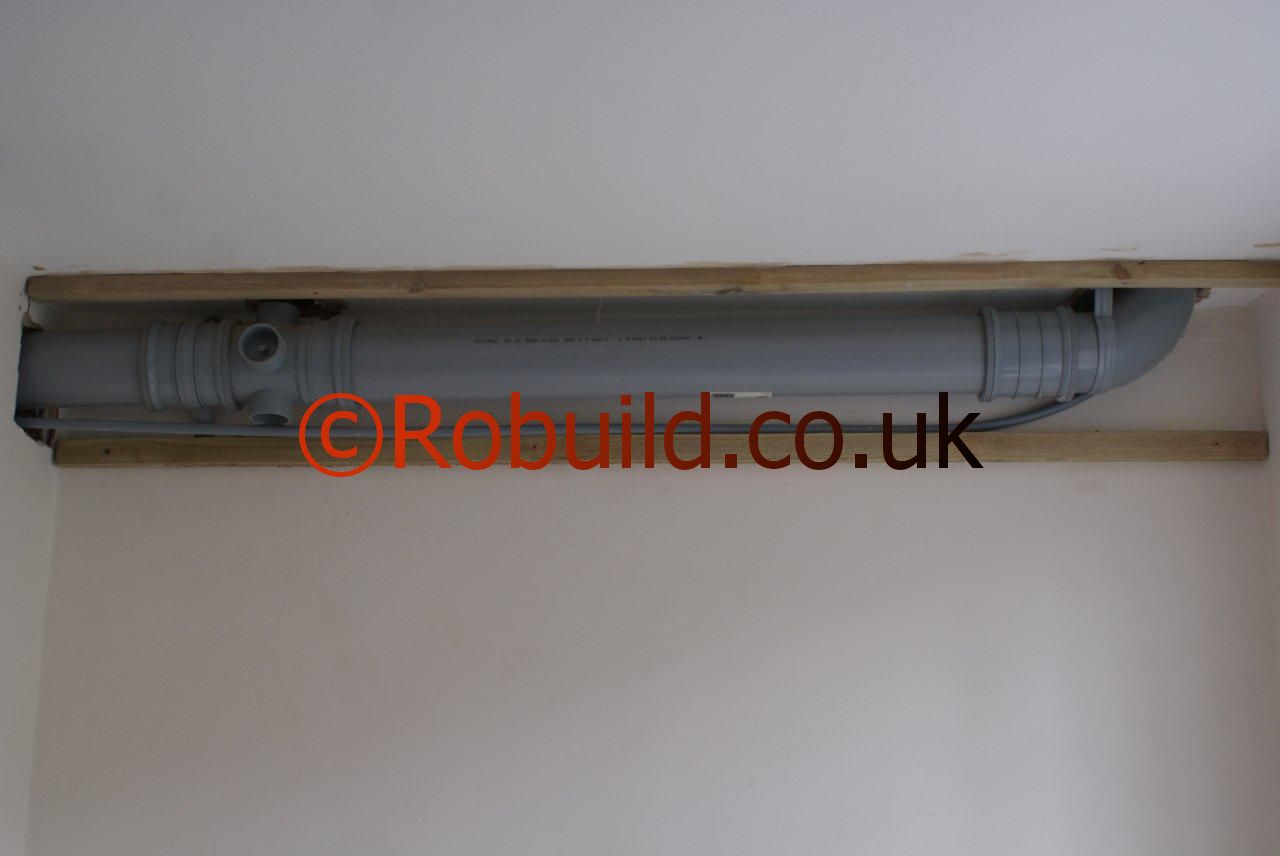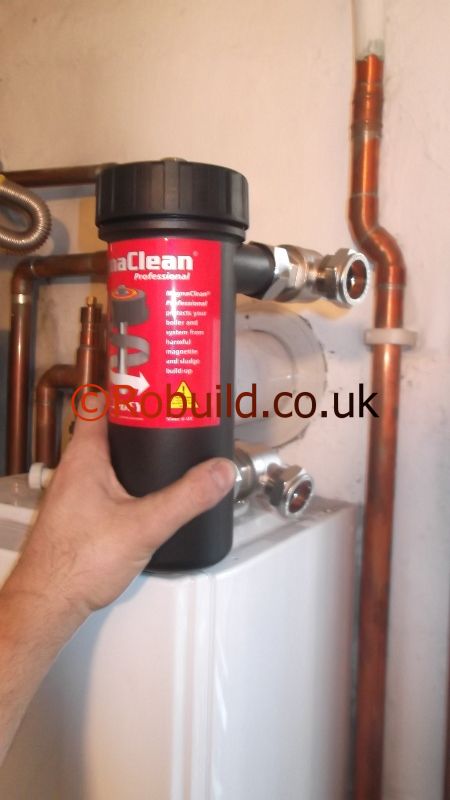Tools for plumbing

1. Socket set.
Some of the accessories used with the socket set are the tee bar wrench (2), the rachet handle (3) and the extension bar (4). Sockets are available in the following thread styles:- American Fine (AF), British Standard Whitworth (BSW), Iso metric (M) and British Association (BA). Sockets for the last thread style are very small. These tools are used for loosening nuts and, providing you use the right size socket, the tool will not slip. There is, therefore, less chance of damaging the head of the nut than with a spanner. You can also achieve greater torque, or circular force, with these tools than with a spanner. Other accessories for the socket set are speed braces and the universal joint. These allow the sockets to be used in awkward positions. A torque wrench (not shown) can be calibrated to allow nuts or bolts to be tightened to a specific pressure. Socket sets are fairly expensive to buy but, as with most of the tools shown here, they can usually be hired.
2. Tee bar wrench.
3. Rachet handle.
4. Extension bar.
Pipe wrenches.
These types of pipe wrench are available in lengths ranging from 150mm to 1000mm and will cope with pipe sizes ranging from 13mm to 150mm diameter. These wrenches are mainly used for work on iron pipes – they can easily damage softer metals like copper and brass. The head is sprung loaded and this, together with the toothed jaws, enables a strong grip to be exerted on round pipe sections as opposed to hexagonal nut sections.
7. Adiustable wrench or spanner.
This is a very useful tool, particularly for copper plumbing. They are available in a range of lengths from l00mm (4in) to 500mm (20in) with jaw opening of between 13mm to 163mm. Do not use this wrench on fine engineering nuts or bolts of the type used, for example, for automobile assembly. The jaws are too large for such nuts which can easily be damaged – and this could result in the loosening of these nuts and bolts and the creation of a potentially dangerous situation.
8. Chain wrench.
This is an easily adjustable wrench for shifting heavily rusted or encrusted iron pipe joints. It is lighter to use though less effective than the heavy duty pipe wrench. Available in handle lengths of between 300mm and 450mm.
9. Universal gripping and clamping tool.
This tool has a variety of trade names including Mole and Grip-Lok. Available in a wide variety of shapes and sizes. An attachment is available which allows the tool to be used as a mini bench vice.
10. Slip joint pliers.
This tool has a thin section to allow the nose to slip into tight places. It has two jaw opening positions and a shear type wire cutter.
11. Needle nosed side cutting pliers.
These are used for fine wire work. Radio pliers are the same except that they have insulated handles.
12. Electrician’s or combination square nosed pliers.
These are heavy duty pliers with a square nose and serated hole – both of which can be used for holding small diameter tubing and nuts and bolts. Usually this tool has two types of wire cutter, a shear cutter and a side cutter. The handles are insulated but make sure when you buy this tool that the handles are guaranteed to withstand any voltage with which the pliers are likely to come into contact.
13. Round nosed pliers.
These pliers do not have a great deal of domestic application but are useful for coiling or twisting wire.
14. Water pump pliers.
These are adjustable pliers with up to six different jaw positions. They are general purpose pliers useful in plumbing.
15. Scotch gas pliers.
These are general purpose pliers, used where a light but firm grip is needed.
16. Open ended spanners and wrenches.
These are available in every nut and thread size encountered.
17. Ring spanners.
It is preferable to use these spanners wherever possible as they are far less likely to slip than open ended spanners. You can also obtain greater torque with these spanners.
18. Combination spanners.
These tools have an open spanner at one end and a ring spanner at the other. For a complete set you will obviously need twice as many spanners than for a full set of ring or open ended spanners.
19. Allen keys or hollow head wrenches.
These are used with hexagonal hollow headed screws.








